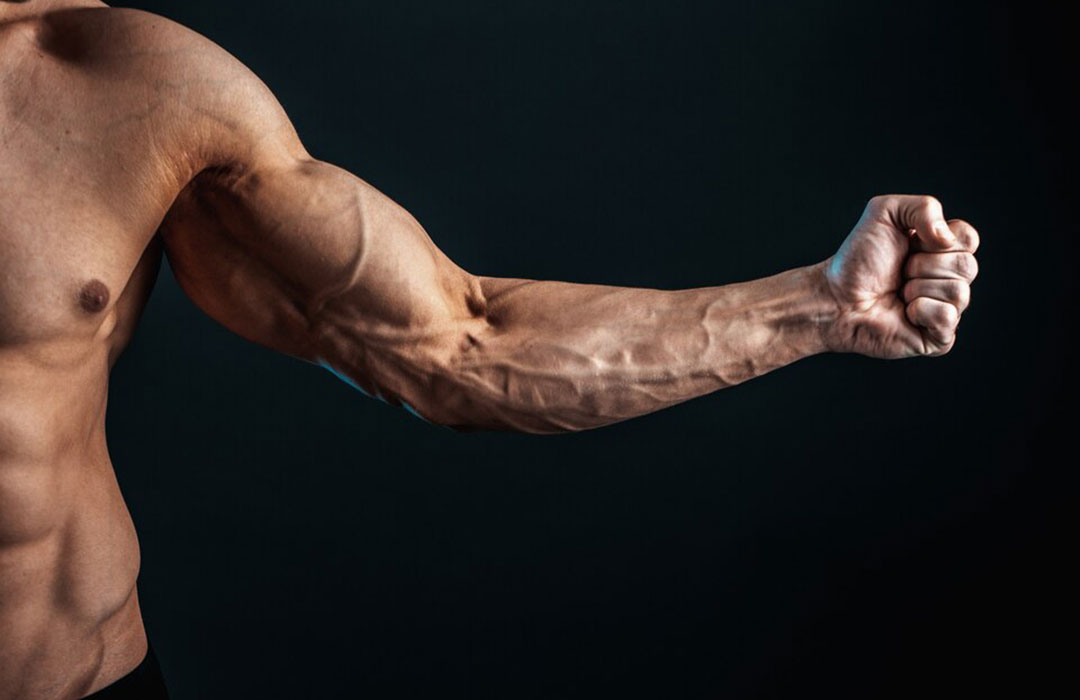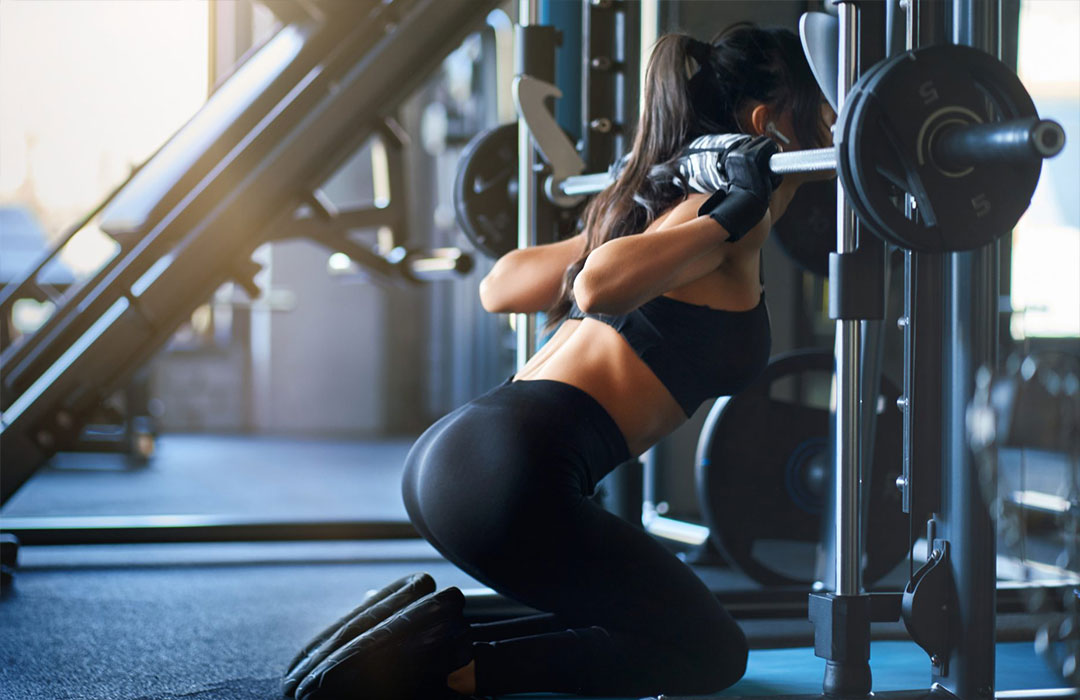Introduction
Are you ready to take your upper body strength to new heights? Look no further than planche progression techniques. The planche is a challenging bodyweight exercise that requires incredible strength, stability, and balance. It is a true testament to one’s physical prowess. This article will explore the best 10-planche progression techniques to help you develop impressive upper body strength. Whether you are a beginner or an advanced athlete, these techniques will take you closer to mastering the planche. So, let’s dive in and unlock your full potential with planche progression!
Understanding the Planche Progression
Before we delve into the specific planche progression techniques, let’s first understand what planche progression entails. The planche is a calisthenics exercise that involves supporting your body in a horizontal position with your hands while keeping your feet off the ground. It targets multiple muscle groups, including the shoulders, chest, triceps, and core.
Planche progression refers to the systematic development of strength, stability, and balance necessary to achieve the full planche position. It involves starting with more accessible variations and gradually progressing to more challenging ones as your strength improves. This gradual progression allows your muscles, tendons, and connective tissues to adapt and become stronger.
Critical Benefits of Planche Training
Planche training offers many benefits beyond just building impressive upper body strength. Here are some key advantages of incorporating planche progression techniques into your workout routine:
- Total Body Strength: Planche training engages multiple muscle groups simultaneously, leading to overall body strength development.
- Core Stability: Holding the planche position requires exceptional core stability, which translates to improved posture and balance in other activities.
- Shoulder and Scapular Strength: The planche places significant demands on the shoulders and scapulae, enhancing their strength and stability.
- Improved Body Control: Mastering the planche requires body control and coordination, leading to better overall movement patterns.
- Injury Prevention: Planche training strengthens the muscles, tendons, and ligaments, reducing the risk of injury during physical activities.
- Mental Toughness: The planche is a challenging exercise that builds mental resilience, discipline, and determination.
Now that we understand the benefits let’s explore the top 10 planche progression techniques to help you achieve extraordinary upper body strength.
Best 10 Planche Progression Techniques for Building Impressive Upper Body Strength
- Tuck Planche
- Advance Tuck Planche
- Straddle Planche
- Half Lay Planche
- Full Planche
- Planche Push-Ups
- Planche Leans
- Planche Presses
- Planche Handstands
- Planche Holds
Planche Progression Technique 1: Tuck Planche
The tuck planche is the initial progression in the planche series. It involves bending your knees and pulling them towards your chest while balancing on your hands. This technique allows you to develop the strength and balance required for more advanced planche variations.
To perform the tuck planche:
- Start in a squat position with your feet shoulder-width apart.
- Place your hands firmly on the ground, slightly wider than shoulder-width apart.
- Lean forward and shift your weight onto your hands, keeping your elbows straight.
- Lift your feet off the ground and tuck your knees towards your chest.
- Hold the tucked position for a few seconds, gradually increasing the duration as you progress.
Practice the tuck planche regularly to build the foundational strength required for more challenging planche progressions.
Planche Progression Technique 2: Advanced Tuck Planche
Once you have developed sufficient strength and stability in the tuck planche, you can progress to the advanced tuck planche. This variation requires more excellent shoulder and core strength and involves straightening your legs while maintaining the tucked position.
To perform the advanced tuck planche:
- Assume the tuck planche position as described earlier.
- Slowly straighten your legs while maintaining the tucked position.
- Engage your core and focus on keeping your body parallel to the ground.
- Aim to hold the advanced tuck planche for longer as your strength improves.
The advanced tuck planche builds upon the foundation laid by the tuck planche and brings you closer to the full planche position.
Planche Progression Technique 3: Straddle Planche
The straddle planche is an intermediate progression that involves spreading your legs apart while maintaining the planche position. This technique increases the demand for upper body strength and requires more excellent core stability and balance.
To perform the straddle planche:
- Start seated on the ground with your legs extended in front of you.
- Place your hands on the ground behind you, slightly wider than shoulder-width apart.
- Lift your hips off the ground and lean forward, shifting your weight onto your hands.
- Open your legs apart, forming a “V” shape while maintaining the planche position.
- Focus on keeping your body parallel to the ground and engage your core muscles.
The straddle planche challenges your upper body strength and prepares you for more advanced planche progressions.
Planche Progression Technique 4: Half Lay Planche
The half-lay planche is a significant milestone on your planche progression journey. It involves extending one leg forward while keeping the other tucked, creating a horizontal line with your body.
To perform the half-lay planche:
- Assume the tuck planche position as described earlier.
- Slowly extend one leg forward while keeping the other leg tucked.
- Focus on maintaining a horizontal body position and engaging your core.
- Aim to hold the half-lay planche for longer durations as your strength improves.
The half-lay planche further challenges your upper body strength and prepares you for the full planche position.
Planche Progression Technique 5: Full Planche
The full planche is the ultimate goal for planche enthusiasts. It involves achieving a horizontal body position with your legs fully extended and parallel to the ground, supported only by your hands. This position requires exceptional upper body strength, shoulder stability, and core control.
To work towards the full planche:
- Begin with the tuck planche and progress through the previous techniques.
- Gradually work on straightening your legs while maintaining the planche position.
- Focus on distributing your body weight evenly across your hands and engaging your core.
- As your strength improves, aim to achieve a fully extended planche position.
The full planche is a remarkable feat of strength and balance, showcasing your mastery of planche progression.
Planche Progression Technique 6: Planche Push-Ups
Planche push-ups are an advanced variation that combines the strength requirements of the planche with the dynamic movement of a push-up. This technique enhances upper body strength, shoulder stability, and pushing power.
To perform planche push-ups:
- Assume the full planche position with your legs fully extended and parallel to the ground.
- Lower your body towards the ground while maintaining the planche position.
- Push back up to the starting position, focusing on keeping your body parallel to the ground throughout the movement.
- Aim to perform planche push-ups with controlled form and gradually increase the number of repetitions.
Planche push-ups are an impressive display of strength and control, taking your planche progression to the next level.
Planche Progression Technique 7: Planche Leans
Planche leans are essential to developing the required shoulder and scapular strength. They involve leaning forward from a support position and shifting your weight onto your hands while maintaining a straight body position.
To perform planche leans:
- Start in a support position on parallel bars or parallettes, with your body in a straight line and your feet off the ground.
- Lean forward by shifting your weight onto your hands, maintaining a straight body position.
- Aim to lean as far forward as possible while maintaining control and a parallel body position.
- Gradually increase the duration and intensity of the planche leans as your strength improves.
Planche leans specifically target the shoulder and scapular muscles, helping you develop the necessary strength for planche holds and other advanced progressions.
Planche Progression Technique 8: Planche Presses
Planche presses combine the strength and flexibility requirements of the planche with the pressing motion of a handstand push-up. This technique enhances your pushing power and overall upper body control.
To perform planche presses:
- Begin in a pike position with your hands on the ground and your feet lifted off the ground.
- Slowly lower your head towards the ground while keeping your body straight.
- Press back up to the starting position, focusing on maintaining control and a straight body position throughout the movement.
- As your strength and flexibility improve, aim to perform planche presses with a more excellent range of motion.
Planche presses challenge your upper body strength and flexibility, allowing you to push the boundaries of your planche progression.
Planche Progression Technique 9: Planche Handstands
Planche handstands combine the strength and balance requirements of the planche with the inverted position of a handstand. This technique uniquely challenges upper body strength, shoulder stability, and core control.
To perform planche handstands:
- Begin in a handstand position against a wall or with a spotter for support.
- Gradually lean your body forward, shifting your weight onto your hands and maintaining a straight body position.
- Aim to hold the planche handstand position for as long as possible, gradually increasing the duration.
- Engage your core muscles and focus on maintaining balance and control throughout the exercise.
Planche handstands combine the best of both worlds, allowing you to showcase your strength and balance in a visually striking position.
Planche Progression Technique 10: Planche Holds
Planche holds are a fundamental component of planche training. They involve maintaining a static planche position for an extended period, focusing on body control, balance, and muscle engagement.
To perform planche holds:
- Choose a planche progression variation that suits your current strength level.
- Assume the chosen planche position, such as tuck planche, advanced tuck planche, or full planche.
- Focus on maintaining the position for as long as possible, gradually increasing the duration as your strength improves.
- Engage your core muscles, distribute your weight evenly across your hands, and breathe deeply throughout the hold.
Planche holds allow you to consolidate your progress, strengthen your muscles, and improve your body control in the planche position.
Frequently Asked Questions (FAQs)
-
How long does it take to master the planche?
The time required to master the planche varies depending on starting strength, training consistency, and genetics. Achieving the full-planche position can take several months to years of dedicated training.
-
Can I train planche every day?
It is generally not recommended to train the planche every day. Planche training requires intense strength, and recovery is crucial. Aim for 2-3 weekly sessions with good rest days in between for optimal progress and injury prevention.
-
Can I practice planche progression without prior experience?
Yes, you can start with planche progressions as a beginner. However, building a foundation of upper body strength, core stability, and wrist mobility is essential before diving into planche training. Start with basic calisthenics exercises and gradually progress to more advanced planche variations.
-
What if I can’t hold the planche position yet?
Don’t get discouraged if you cannot hold the planche position yet. Planche training is a journey that requires patience and persistence. Focus on the earlier progressions, such as tuck planche or advanced tuck planche, and gradually build your strength and stability. With consistent training, you will progress towards the full planche over time.
Conclusion
Mastering the planche is a remarkable achievement that demonstrates exceptional upper body strength, stability, and balance. Following the 10 planche progression techniques outlined in this article, you can systematically develop your strength and work towards achieving the full planche position. Remember to start with the appropriate progressions based on your current abilities and gradually advance as your strength improves. Stay consistent, stay dedicated, and unlock your full potential with planche progression.




